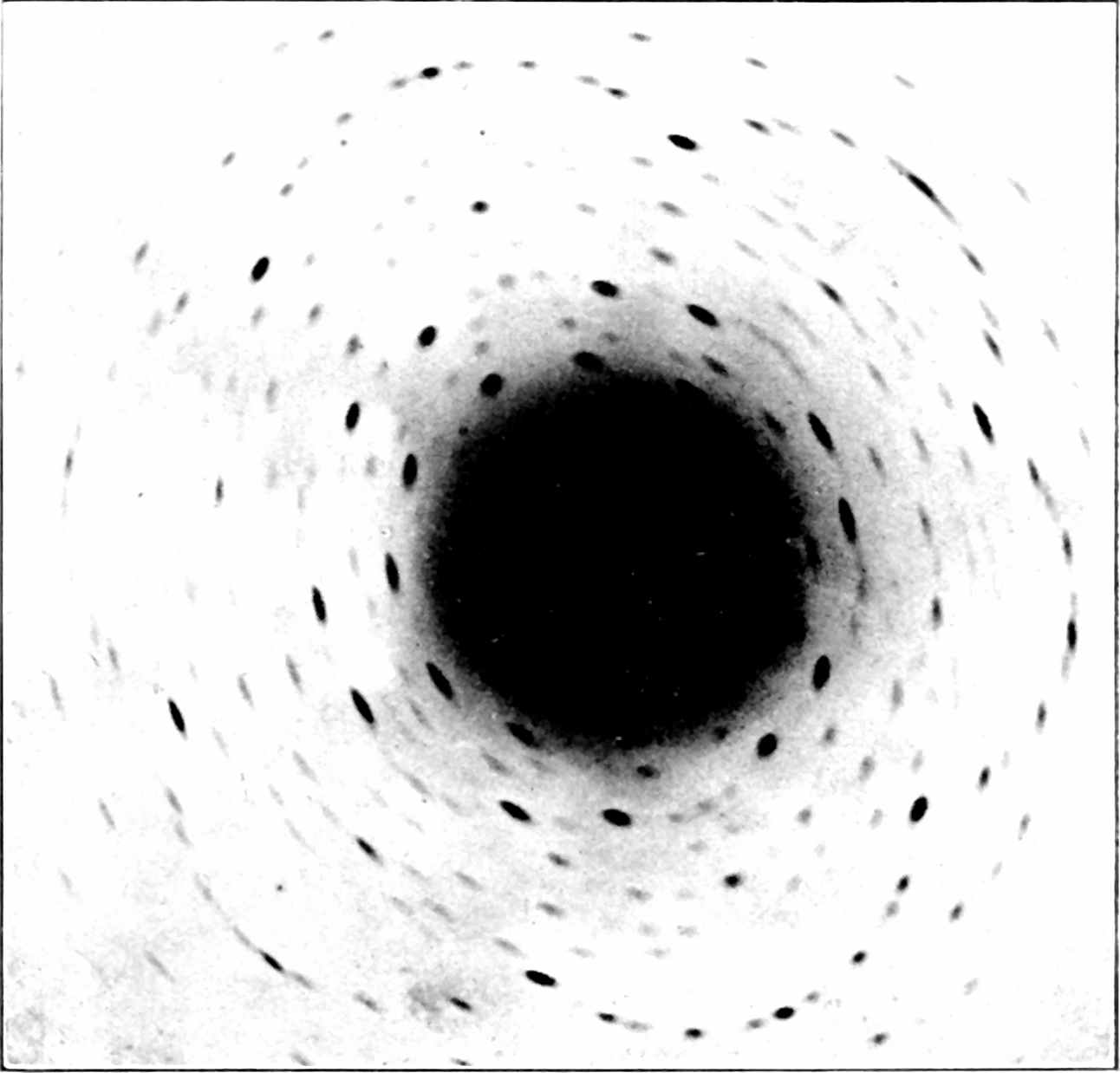Wiener theorem
Now with bonus Bochner!
2019-05-08 — 2019-05-08
Wherein the special deterministic Wiener theorem is presented and the Fourier transform of the autocorrelogram is shown to be the squared modulus of the signal’s Fourier transform, yielding a power‑spectrum relation
The special deterministic case of the Wiener-Khintchine theorem, written up with a slightly different notation for a slightly different project.
\[ \renewcommand{\var}{\operatorname{Var}} \renewcommand{\dd}{\mathrm{d}} \renewcommand{\pd}{\partial} \renewcommand{\bb}[1]{\mathbb{#1}} \renewcommand{\vv}[1]{\boldsymbol{#1}} \renewcommand{\mm}[1]{\mathrm{#1}} \renewcommand{\mmm}[1]{\mathrm{#1}} \renewcommand{\cc}[1]{\mathcal{#1}} \renewcommand{\ff}[1]{\mathfrak{#1}} \renewcommand{\oo}[1]{\operatorname{#1}} \renewcommand{\gvn}{\mid} \renewcommand{\II}[1]{\mathbb{I}\{#1\}} \renewcommand{\inner}[2]{\langle #1,#2\rangle} \renewcommand{\Inner}[2]{\left\langle #1,#2\right\rangle} \renewcommand{\finner}[3]{\langle #1,#2;#3\rangle} \renewcommand{\FInner}[3]{\left\langle #1,#2;#3\right\rangle} \renewcommand{\dinner}[2]{[ #1,#2]} \renewcommand{\DInner}[2]{\left[ #1,#2\right]} \renewcommand{\norm}[1]{\| #1\|} \renewcommand{\Norm}[1]{\left\| #1\right\|} \renewcommand{\fnorm}[2]{\| #1;#2\|} \renewcommand{\FNorm}[2]{\left\| #1;#2\right\|} \renewcommand{\trn}[1]{\mathcal{#1}} \renewcommand{\ftrn}[2]{\mathcal{#1}_{#2}} \renewcommand{\Ftrn}[3]{\mathcal{#1}_{#2}\left\{\right\}} \renewcommand{\argmax}{\operatorname{arg max}} \renewcommand{\argmin}{\operatorname{arg min}} \renewcommand{\omp}{\mathop{\mathrm{OMP}}} \]
As seen in correlograms.
Consider an \(L_2\) signal \(f: \bb{R}\to\bb{R}.\) We overload notation and refer to a signal with implied free argument, say, \(t\), so that \(f(rt-\xi),\), for example, refers to denote the signal \(t\mapsto f(rt-\xi).\) We write the inner product between signals \(t\mapsto f(t)\) and \(t\mapsto f'(t)\) as \(\inner{f(t)}{f'(t)}\). Where it is not clear that the free argument is, e.g. \(t\), we will annotate it \(\finner{f(t)}{f'(t)}{t}\). Say that \(\ftrn{F}{t}\{f(t)\}\) is the Fourier transform of some \(f(t)\in L_2\), i.e. \[\begin{aligned} \ftrn{F}{t}\{f(t)\}(\tau)&=\int e^{2\pi i t \tau}f(t)\dd t\\ &=\finner{e^{2\pi i t \tau}}{f(t)}{t} \end{aligned}\]
and that \(\ftrn{A}{\xi}\{f(t)\}\) is the autocorrelogram, i.e. \[\ftrn{A}{t}\{f(t)\}(\tau)=\finner{f(t)}{f(t-\tau)}{t}\]
What is the Fourier transform of \(\trn{A}f\)? That is what the Wiener-Khintchine-relation (Wiener 1930) tells us. Assuming all terms are well-defined (which is non-trivial in general!), \[\ftrn{F}{\xi}\{\trn{A}f(\xi)\}(\tau)=|\ftrn{F}{t}\{f(t)\}|^2(\tau).\]
To see this, assuming various terms are indeed well-defined, we use the list of properties of the Fourier transform from Wikipedia and grind out the identity… \[\begin{aligned} \ftrn{F}{\xi}\{\trn{A}f(\xi)\}(\tau) &=\ftrn{F}{\xi}\{\finner{f(t)}{f(t-\xi)}{t}\}(\tau) & \\ &=\int e^{2\pi i \xi \tau} \finner{f(t)}{f(t-\xi)}{t}\dd \xi & \\ &=\int e^{2\pi i \xi \tau} \int f(t)f(t-\xi)\dd t \dd \xi & \\ &=\int \int f(t) e^{2\pi i \xi \tau}f(t-\xi)\dd t \dd \xi & \\ &=\int \int f(t) e^{2\pi i \xi \tau}f(t-\xi)\dd \xi\dd t & \\ &=\int f(t) \int e^{2\pi i \xi \tau}f(t-\xi)\dd \xi\dd t & \\ &=\int f(t) \ftrn{F}{\xi}\{f(t-\xi)\}(\tau)\dd t & \\ &=\int f(t) e^{2\pi i t \tau} \ftrn{F}{\xi}\{f(-\xi)\}(\tau)\dd t & \\ &=\int f(t) e^{2\pi i t \tau} \ftrn{F}{\xi}\{f(\xi)\}(\tau)\dd t & \\ &=\int f(t) e^{2\pi i t \tau} \overline{\ftrn{F}{\xi}\{f(\xi)\}(\tau)}\dd t & f \text{ is real} \\ &=\int f(t) e^{2\pi i t \tau} \dd t \overline{\ftrn{F}{\xi}\{f(\xi)\}(\tau)} & \\ &=\ftrn{F}{t}\{f(t)\}(\tau) \overline{\ftrn{F}{\xi}\{f(\xi)\}(\tau)} & \\ &=\ftrn{F}{t}\{f(t)\}(\tau) \overline{\ftrn{F}{t}\{f(t)\}(\tau)} & \\ &=|\ftrn{F}{t}\{f(t)\}(\tau)|^2 & \end{aligned}\]
Corollary: If we are interested in the power spectrum of the autocorrelogram, we note that it relates non-linearly to that of the source signal.
\[|\ftrn{F}{\xi}\{\trn{A}f(\xi)\}|^2(\tau)=|\ftrn{F}{t}\{f(t)\}|^4(\tau)\]
